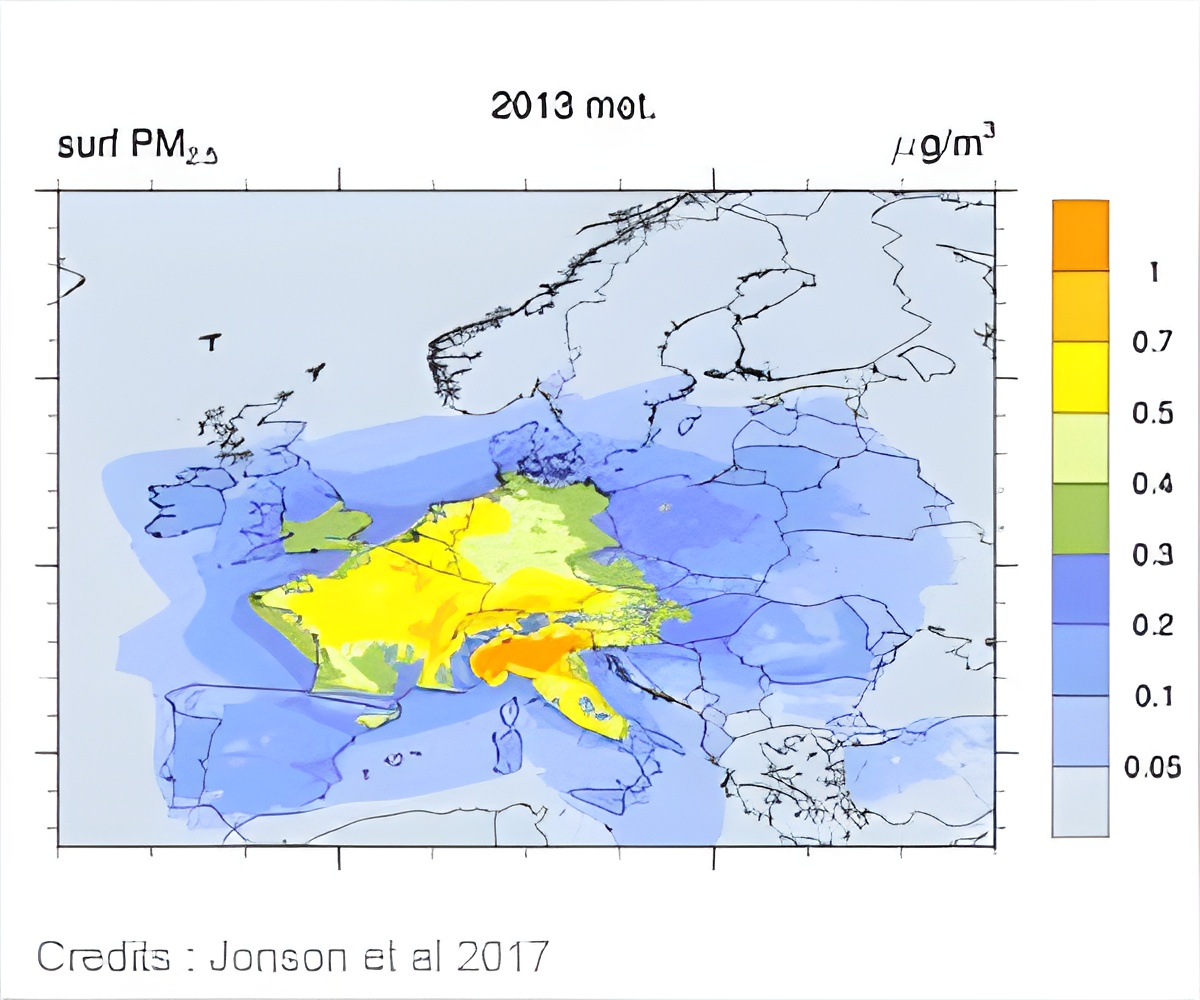Premature deaths are increasing in the European countries due to the NOx emissions from the diesel cars, which are twice higher on the road than in certification tests.

‘Petrol cars have much lower emissions when compared to diesel vehicles in all the population of the European countries.’





Modern engine controls have been optimized by manufacturers for the specific laboratory testing but underperform in real-driving. In this new study we calculate the premature deaths from these excess NOx emissions for the population in all European countries.Health effect estimates
About 425,000 premature deaths annually are associated with the current levels of air pollution in EU28, Norway and Switzerland. More than 90% of these premature deaths are caused by respiratory and cardiovascular diseases related to exposure to fine particulate matter.
NOx is a key precursor to this fine particulate matter. This new study estimates that roughly 10,000 premature deaths annually can be attributed to NOx emissions from diesel cars, vans and light commercial vehicles.
About half around 5,000 premature deaths annually are due to NOx emissions being much higher than limit values in real-world driving. Petrol cars have much lower emissions.
Advertisement
The countries with the highest number of premature deaths attributable to fine particles from diesel cars, vans and light commercial vehicles are Italy, Germany and France. That is because of both their large populations and a high share of diesel cars. However, the risk per capita is almost twice as high in Italy as in France.
Advertisement
The lowest risks are in Norway, Finland and Cyprus where risks are at least fourteen times lower than the EU28+ average.
The study was conducted by the Norwegian Meteorological Institute in cooperation with the International Institute for Applied Systems Analysis (IIASA) in Austria, and the Dept. Space, Earth & Environment at Chalmers University of Technology in Sweden.
In this study the Norwegian Meteorological Institute has calculated the pollutant concentrations and depositions based on NOx emissions from LDDVs from different countries and model years provided by IIASA. IIASA has also made the health effect calculations.
Source-Eurekalert










